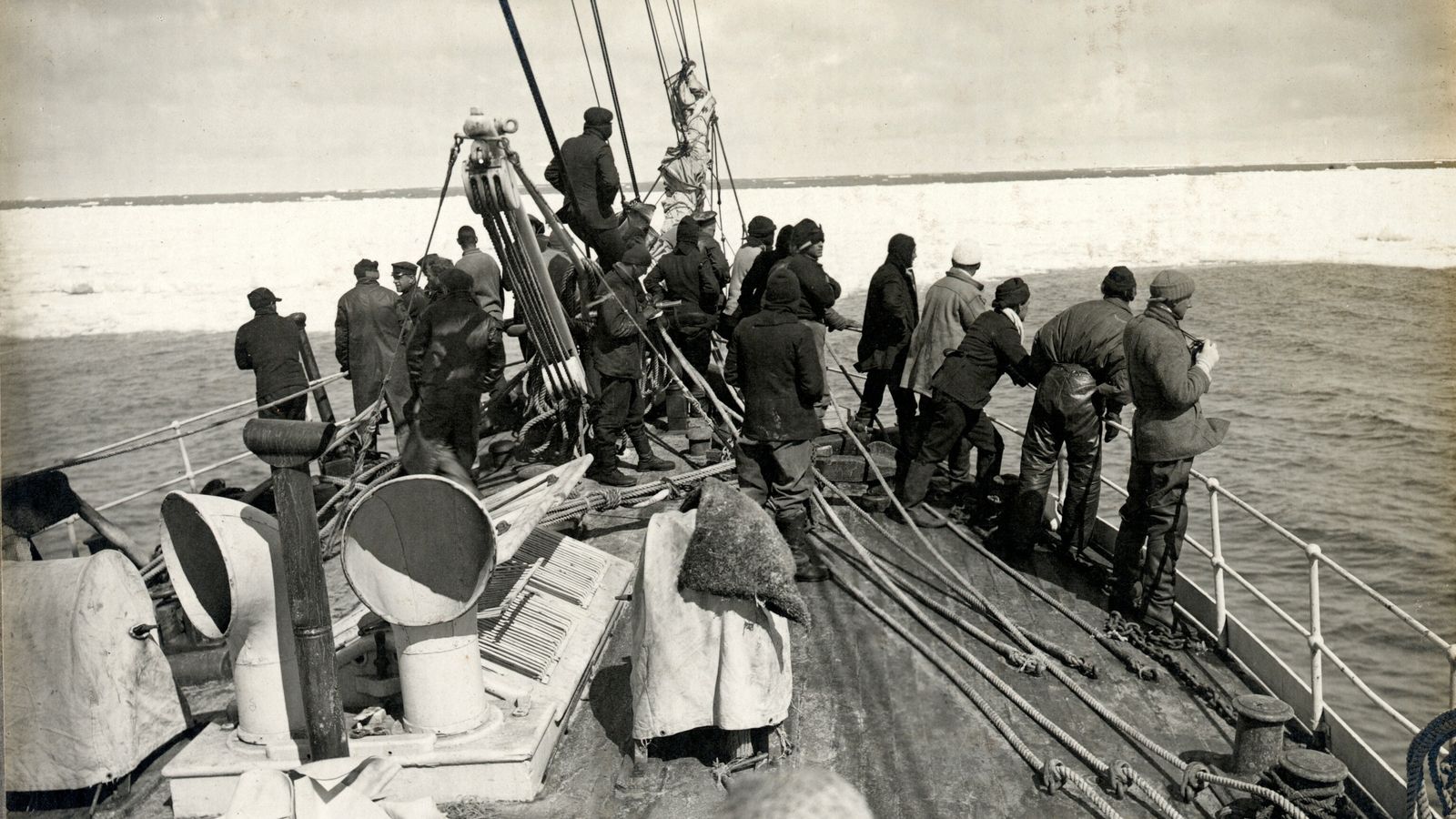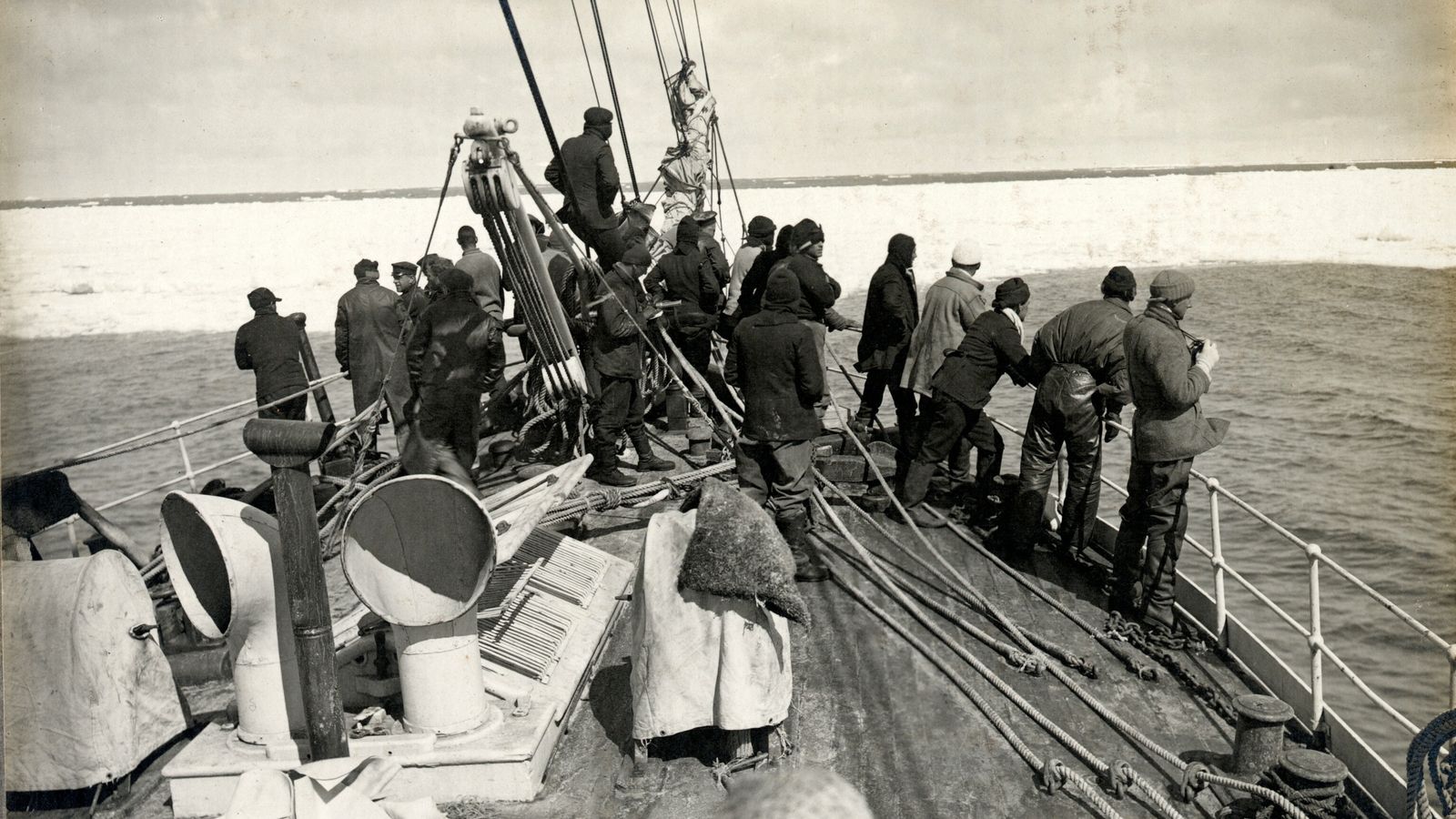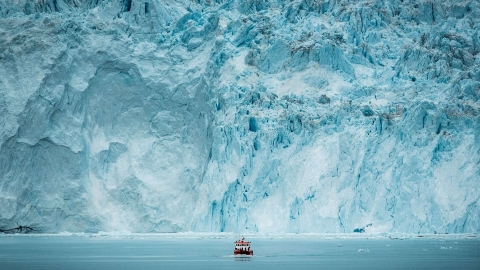The journey of disaster brings an unforgettable experience
The word “disaster” covers a lot of things. A journey can go just a little wrong: missing a train or joining a parade on a rainy day can all be labeled a “disaster.” There are also trips so bad and so badly misplanned that they become famous. The horrors of the 1910 Terra Nova expedition to Antarctica were vividly recounted by Apsley Cherry-Garrard in his memoir, “The Worst Journey in the World,” and the book transformed a failure into a classic of adventure literature.
A disastrous voyage is certainly bad, but everyone's definition of "bad" is different. For American novelist and journalist Martha Gellhorn, there is nothing worse than a boring trip, and nothing more boring than a cruise. "I get depressed just thinking about it," she said. In 1944, she was on a Norwegian explosives ship crossing the Atlantic. The holds were full of explosives, the food was terrible, drinks were a luxury, the crew didn't know how to smile. There wasn't a single lifeboat. When the ship reached Liverpool safely, Martha felt relieved, but also strangely regretful. She enjoyed the terrible trip. "If I had to choose between a cruise ship and a explosives ship, it's obvious which I would choose."
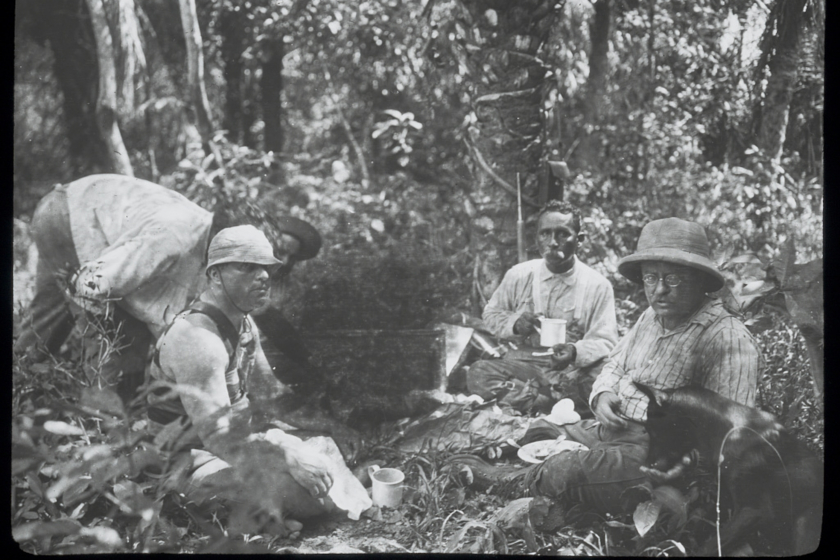
Theodore Roosevelt (right) and Cândido Mariano da Silva Rondon (right of Roosevelt) rest with expedition members during the disastrous 1913-1914 trek through the Amazon rainforest. Photo: Kermit Roosevelt, Library of Congress
Or there are stubborn optimists like Jan Morris - a British travel writer. Jan Morris claims that no difficulty or obstacle can make her unhappy. To prove it, she gave an example experience. What if all the misfortunes that happened to her throughout her life came together in a single trip? What if "both my passport and plane ticket were stolen, my luggage was lost on the flight, I suffered from diarrhea and severe dehydration in the middle of a summer heatwave, and the place I was going to had no electricity or phone service because of political turmoil"?
It was a terrible trip, wasn't it? "No," said Jan, "why? Because if it had happened, I would have said to myself, 'How lucky it wasn't raining.'" For Jan Morris, a bad trip was an exception, a twist and turn that made her appreciate the smooth, smooth ones more.
More than anything else, disastrous journeys test the strength and bond of a relationship (old or new). This also explains why “The Worst Journey in the World” is so captivating and uplifting. The story details the journey of a zoologist and his fellow explorers in search of emperor penguin eggs. The journey is an ordeal unimaginable: meager rations, intense cold (temperatures down to -77°C) and constant darkness. But these people never lose hope, and maintain a warm friendship.
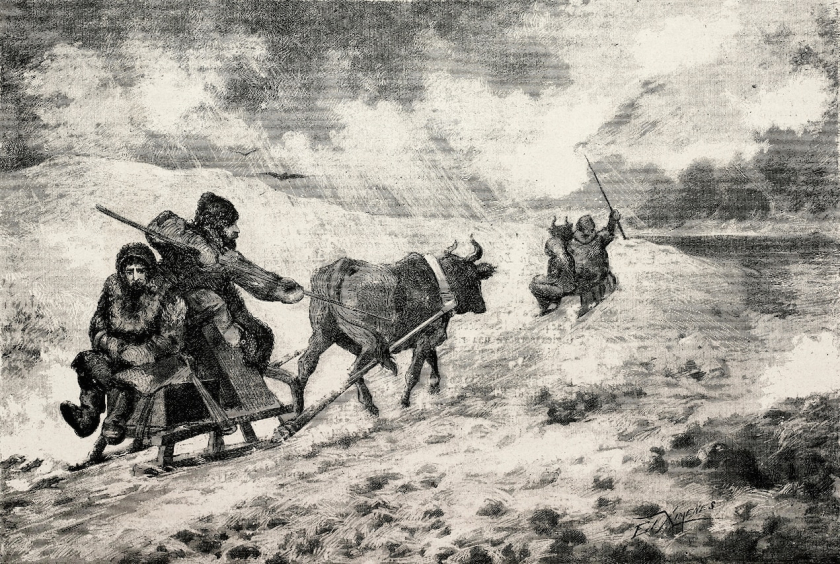
According to a June 4, 1882 entry from the magazine L'Illustrazione Italiana, the above image shows Wilson Danenhower and his surviving crew returning to Irkutsk, Russia, after the sinking of the USS Jeannette - a truly disastrous voyage. Photo: Dea/Biblioteca Ambrosiana/Getty Images
But it doesn’t have to be an event to make a trip go wrong. For travelers, a journey that lasts so long that everyone is exhausted can be enough to make it the “worst experience in the world.”
For decades, social scientists have been probing the human psyche, trying to figure out the secrets of happiness and the places that lead to it. And one consistent finding: We are not very good at predicting what will make us happy and what will not.
We think the more we accumulate, the better. But research shows that experiences, not material possessions, bring the greatest satisfaction. Similarly, travelers often think that a trip that goes smoothly from start to finish is the happiest. Experience shows that a little bit of hardship can make the journey more memorable.
Perhaps the real reason we travel is to stretch ourselves, challenge ourselves, and discover our own unknown capabilities. Bad trips build the hero’s journey, as adventure stories have always done.
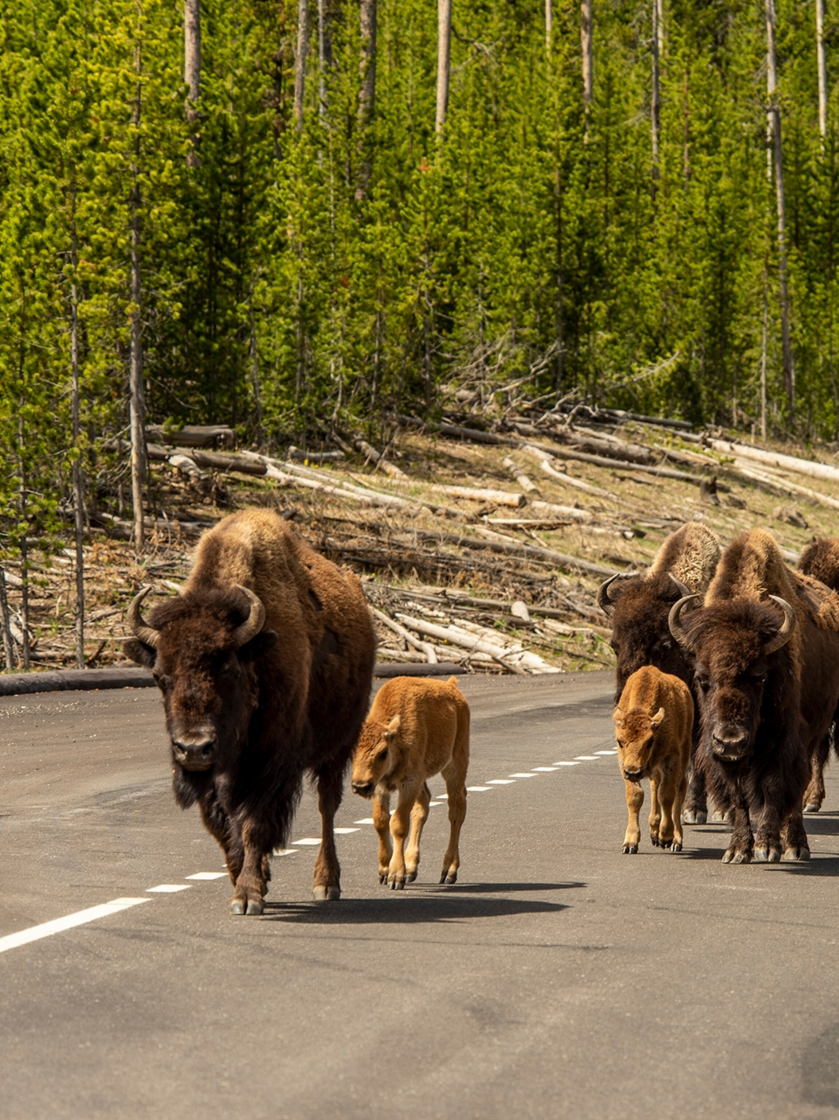
A bison and her newborn calf strutted down a road in Yellowstone National Park (USA). Many tourists have been attacked by them and they remain a danger to visitors to Yellowstone. Photo: William Campbell, Getty Images
The essence of travel is the memories that remain.
Good trips come and go. Bad ones linger. There’s nothing more lackluster than a trip that goes exactly as planned. Choosing between two trips—a disaster and a good one—says a lot about human nature, about how we remember information, and about why we travel in the first place.
We often think of memories as digital snapshots or records that we can recall at will. In reality, memories are much more flexible and complex; they are not retrieved, but formed and constructed. In other words, memories are like cognitive edifices that can bend and change over time.
And memory is more than just perception. Our emotions play a big role in how we recall things, and in what detail. Intense emotions make memories more vivid. The same goes for recounting our adventures. The fish you caught gets a little bigger each time you tell the story. And these “revised” versions also lead to memory revisions. You don’t just enthusiastically recount that the fish was “the size of a car,” you actually believe it. You remember it.

Bad trips can sometimes be memorable - Photo: Getty Images
Research also shows that negative events make a deeper impression than positive ones. This is called the “negativity bias.” However, the negativity bias is balanced by another psychological phenomenon called the “blurring effect bias.” Simply put, over time, we forget the bad things and remember the good. Our minds erase negative memories and hold on to positive ones. This tendency becomes more pronounced as we get older.
All these studies point to one truth: Travel is not only a physical and cognitive activity, but also a creative one. A complete itinerary is less important than a rich imagination, because the trip itself is not memorable. It is how you remember it that makes the journey unforgettable.
In other words, your journey, for better or worse, doesn't end when you return home. In a very real sense, it's just beginning.





